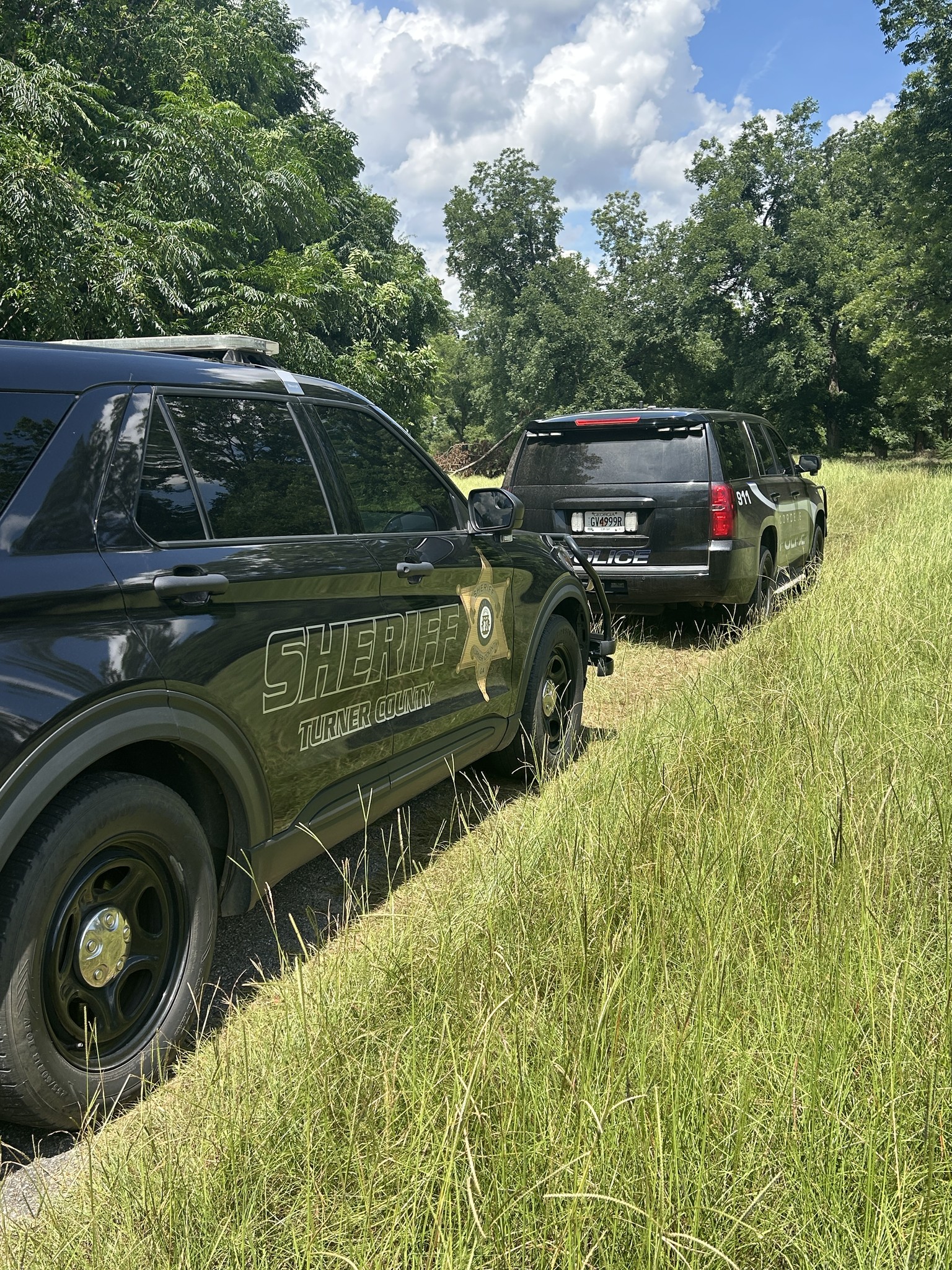Tin Shingles
Published 7:30 am Wednesday, June 27, 2018
Neil Joiner
David and Dale Clemons live just outside of Unadilla on Third District Road. The roof on their historic family home is covered with silver tin shingles that glisten when the sun is shining. The house was built in 1910 and originally covered with wooden shingles. The tin shingles were added in the 1930’s by David’s grandparents, Ernest and Effie Clemons. I’ve made countless trips by that house for over six decades.
David and I are almost related. His aunt, Frances Clemons, married my uncle, Murray Joiner. It took me a few years to understand that we could share an aunt and uncle yet not be kin to each other.
Trending
I mostly remember David’s grandparents from long passed days at Harmony Baptist Church. The clearest memory that I have of Mr. Ernest is of him standing on the small veranda at church one Sunday morning when I was probably five or six years old. We were outside where boys played and men visited before the assembly for Sunday School. There was a large oak tree that offered an inviting summer shade.
In those days the church had a lapboard exterior, painted white of course. The main entrance and its covered porch was only a few steps from the unpaved county road. I don’t know if a bumblebee found me that morning or if I found him, but he popped me solidly on the arm.
If I had been at home I probably would have cried, but that didn’t seem like a good option with other folks looking on. Mr. Ernest cut a plug of chewing tobacco then pressed it on the sting. He briefly held it in place then told me to take over. I don’t know if that tobacco juice had any medicinal effect or if he just figured it would take my mind off the pain, but either way it helped. Sometimes it’s best to accept things without analyzing them too much.
When I drive by the Clemons’ farm I occasionally think about that small kindness that Mr. Ernest showed me years ago. But the thing that comes to mind most often is how durable those tin shingles are. They’ve been there since way before I was traveling the road to Unadilla. They must have been made from quality metal and then properly nailed to some good decking. That roof also has a steep pitch so that rain runs off quickly. Water doesn’t have time to linger in pools.
Those tin shingles on the Clemons’ home are likely to be around longer than I will. I haven’t looked in their attic, but I have no doubt that it’s completely dry, which reminds me that I need to check the bucket over our garage. I put it there several years ago as a temporary fix. It seemed like a good idea at the time. I sprayed some sealant around a vent pipe on the roof, but I haven’t looked in the attic to see if that solved the problem.
Jesus didn’t talk much about roofs that I know of. I think their choices back then were mud and straw or mud and sticks, so it didn’t matter a whole lot. He was, however, real clear on the need for building on a good foundation. He said to build our houses on rock not sand. (Matthew 7:24-27)
Trending
If he were elaborating on that construction theme today, I think he might suggest tin shingles for the roof. And I feel certain that he would tell us to give our roofs a pitch that is clearly pointing upward, a pitch that is steep enough that water won’t accumulate. Rain never stops looking for cracks, even the tiny cracks that are too small to see. Over time those droplets of water can slowly rot boards that are hidden from view.
A good roof can last a long time if we use good material, install it properly, and repair it the right way when needed. Or we can put a bucket in the attic and get by for a while. It looks about the same from a distance, but eventually the rotting boards will begin to sag. Sometimes they will collapse and leave a gaping hole. It can still be repaired, but it’s costly and may leave an unsightly patch.
I need to check that bucket in my attic. It’s not convenient today, but one day soon I’ll take care of it. I’m reminded of it each time I see those silver tin shingles on the Clemons’ home, but I keep putting it off. I don’t have a good excuse. it’s just easier to leave the bucket where it is.




